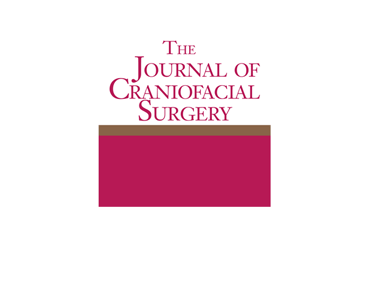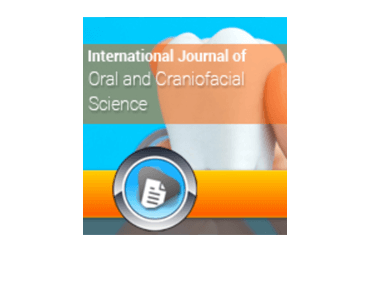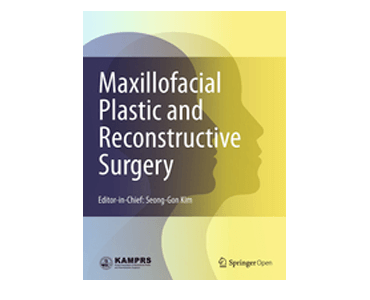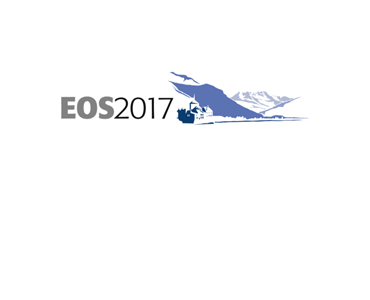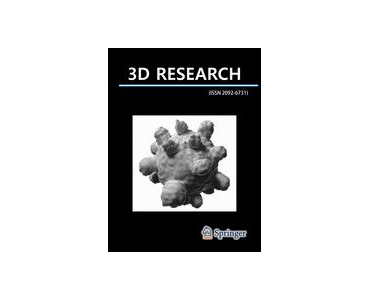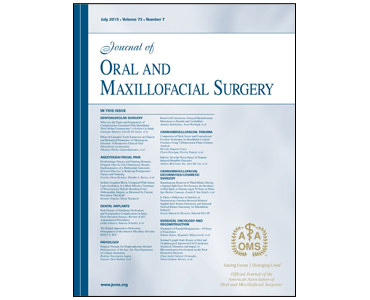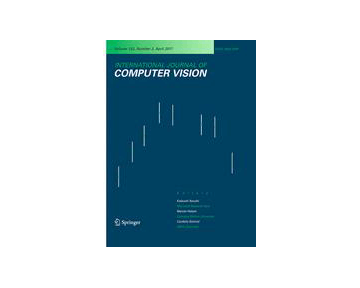A Three-Dimensional Study of Midfacial Changes Following Le Fort II Distraction With Zygomatic Repositioning in Syndromic Patients. JM Smartt, C Campbell, R Hallac, J Alford, CA Derderian.
Date: September 2017. Source: Journal of Craniofacial Surgery, doi: 10.1097/SCS.0000000000003869. Abstract: Le Fort II distraction with zygomatic repositioning introduced the ability to restore central midfacial height and convexity independent of changes in orbital morphology. This study analyzes midfacial and orbital morphology before and after Le Fort II distraction with zygomatic repositioning. All patients who underwent…

